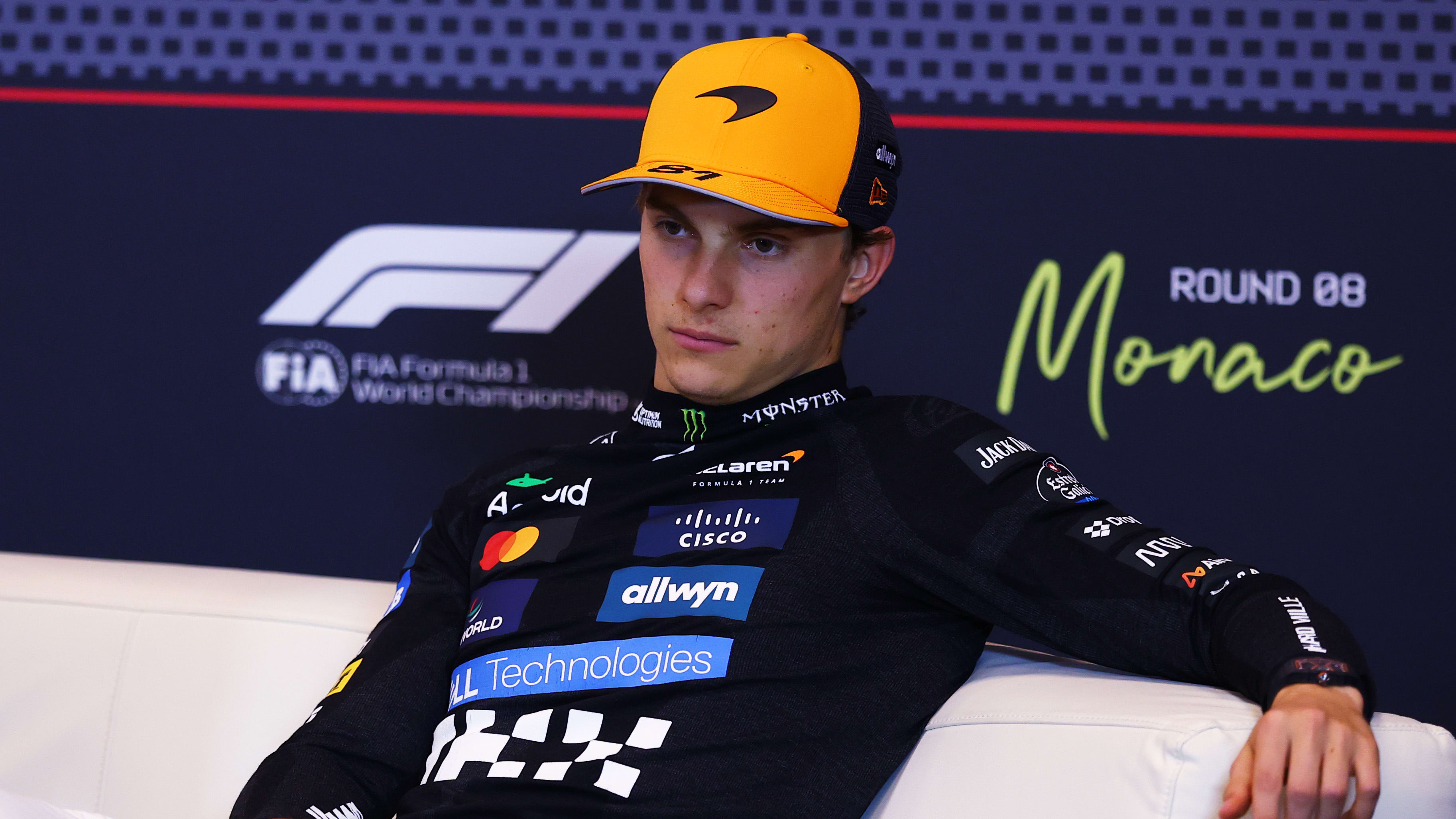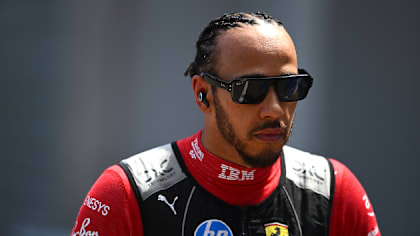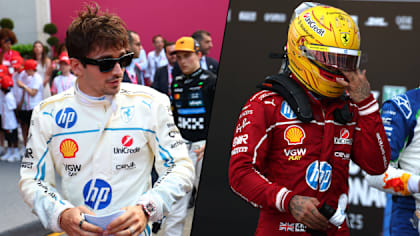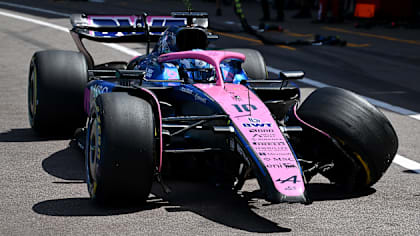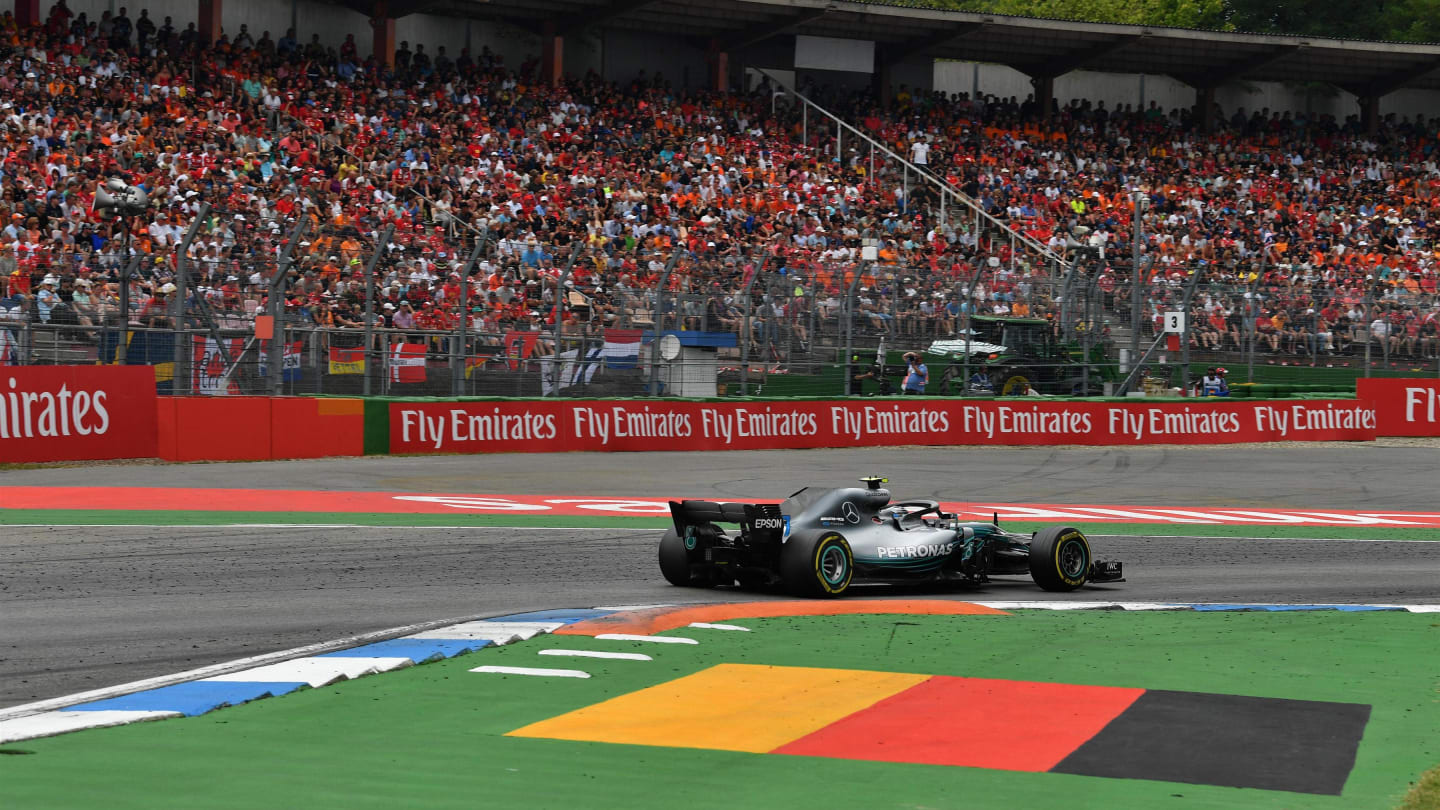
Feature
5 Reasons We Love... The German Grand Prix

Share

The mid-season break is fast approaching, with the second pair of back-to-back races this year coming up, starting with a trip to the German Grand Prix. Here's why we love going racing at Hockenheim…
1. It’s an iconic venue
The circuit layout might have undergone several changes over the years, but the name Hockenheim is still one that you instantly associate with Formula 1.
The Hockenheimring first hosted a Grand Prix back in 1970, and again from 1977-84 before its longest constant run of races from 1986-2006. It was during those latter 20 years that the biggest changes to the circuit took place, with 2001 being the last race on the old 6.8-kilometre layout before the redesign into the 4.5km track we use today.
Despite such a rich history – with the German Grand Prix being a world championship round held at the Nurburgring as early as 1951 – one of the greatest periods for the race came at Hockenheim with the arrival of a certain Michael Schumacher on the scene.
PODCAST: Ross Brawn on Michael Schumacher – the driver, the leader, the man
Schumacher is tied with Lewis Hamilton for most wins in the event with four, and his first came back in 1995 on the old layout in front of massive support. He’d go on to win a further three races there for Ferrari in the 2000s.

2. The stadium section can bite
As unique as the previous layout was – blasting through the forest – the current Hockenheimring has delivered some dramatic moments and still retains plenty of challenging sections for the drivers.
The stadium section retains a punishing aspect, with a big gravel trap waiting on the exit of the high-speed Turn 11 as drivers enter the stadium. Pierre Gasly went for a trip across it here last season, while a number of other drivers have also run out of road at this point, but even if it’s safely negotiated then the narrow, banked Sachs Kurve also leaves no room for error.
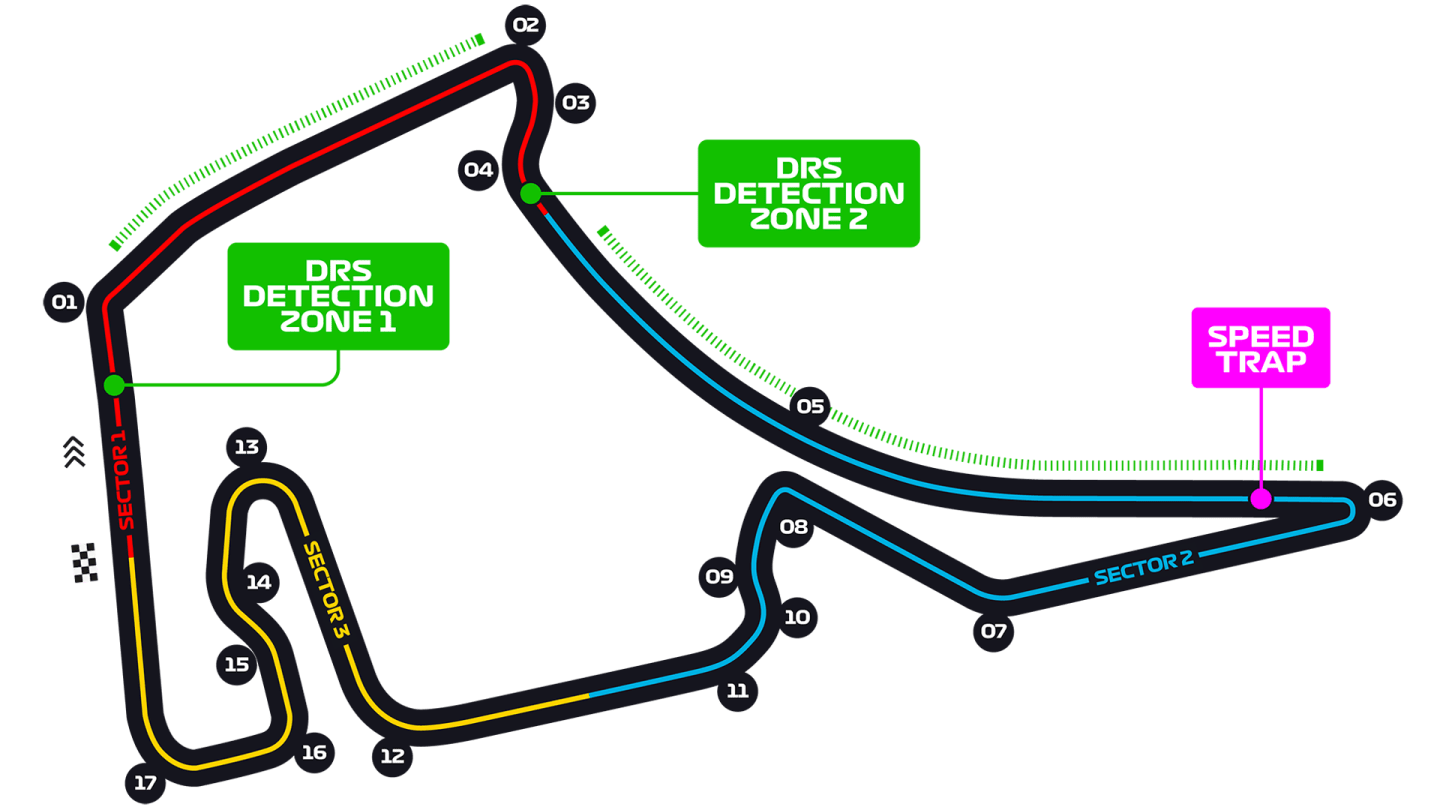
Sebastian Vettel’s hopes of winning his home race last year ended in the barrier here, showing how even four-time world champions can be caught out at Hockenheim, especially if the weather intervenes. And the forecast suggests that could well happen this year, too.
But the track also provides plenty of opportunities for overtaking, with the Turn 6 hairpin a particularly good chance after a long run and the help of DRS. Even if a move gets done here, the track layout allows drivers to go wheel-to-wheel all the way down to Turn 8 to keep the battle going.
Sebastian Vettel crashes out of the 2018 German Grand Prix
3. Mercedes are putting on a show
This year marks 125 years of Mercedes motorsport, and as a result, the German team are going to mark the special anniversary at their home race. Title sponsor of the German Grand Prix, Mercedes are already going to have a big presence – with a Mercedes grandstand on the outside of Turn 8 a regular feature at Hockenheim – but there will be plenty of extra events to mark the occasion.
There will be many retro touches around Mercedes this weekend, some obvious and others subtle. Among the standout changes will be one revolving around the car itself, which will have a special livery in Germany.
But that’s not the only blast from the past that we’ll get to see this weekend…
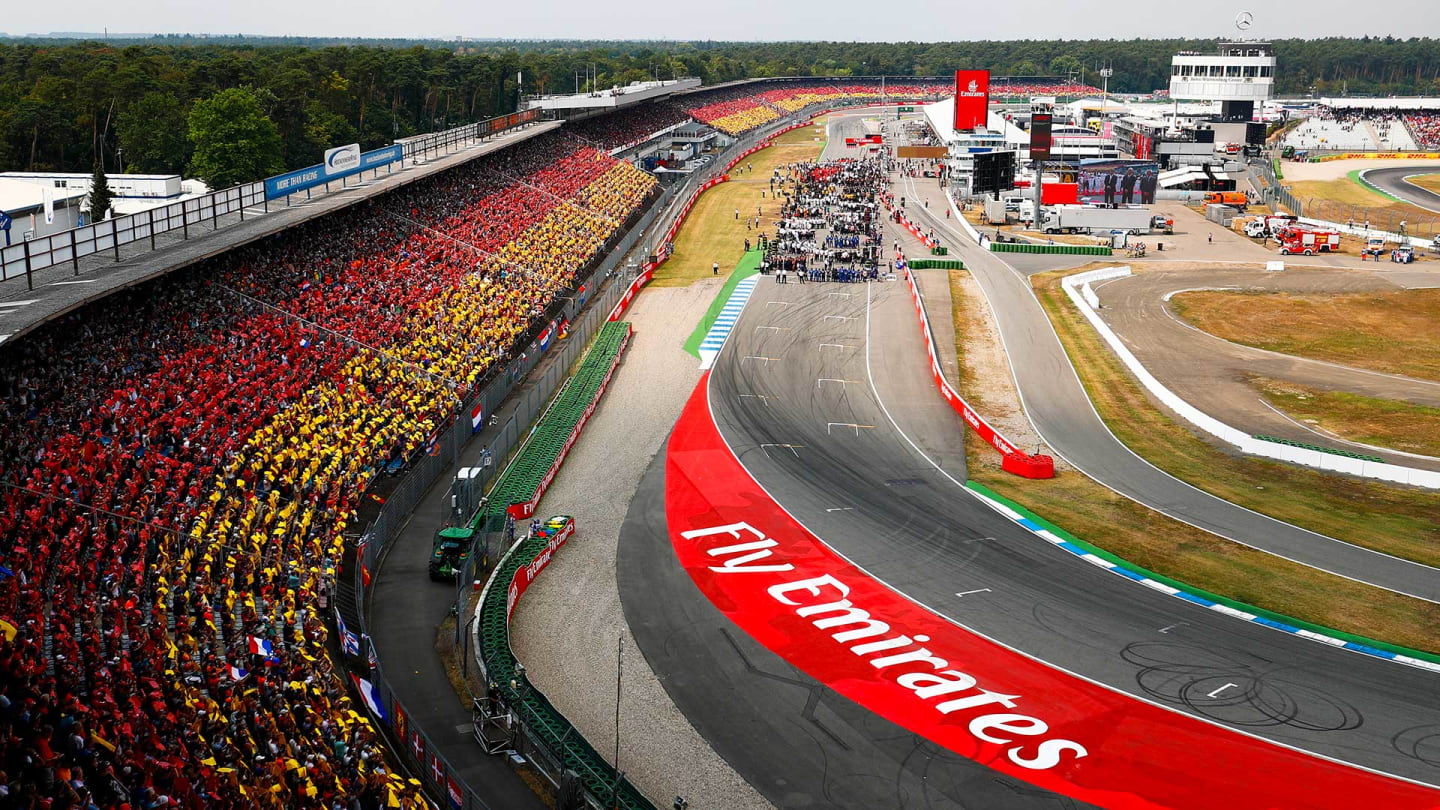
4. Mick Schumacher will drive a classic Ferrari
Michael Schumacher won the German Grand Prix on four occasions, three of them coming for Ferrari. In 2004 he beat Jenson Button and Fernando Alonso to take his 11th victory of the season on his way to the championship, in the Ferrari F2004.
Schumacher’s title would be the last of his record seven, and he would win the championship just two races after his success in Hockenheim. The F2004 won 15 races in total that season, Rubens Barrichello taking a brace of victories as Ferrari secured the constructors’ championship, and that same car is going to be running again at this edition of the race.
READ MORE: Schumacher on... his most emotional title win, his most respected F1 rival and more
Michael’s son, Mick, is currently racing in Formula 2 after sealing the European Formula 3 title last year at Hockenheim. However, with no F2 races in Germany, he will be behind the wheel of his father’s 2004 Ferrari on both Saturday and Sunday, to demonstrate one of the most dominant designs in F1 history.
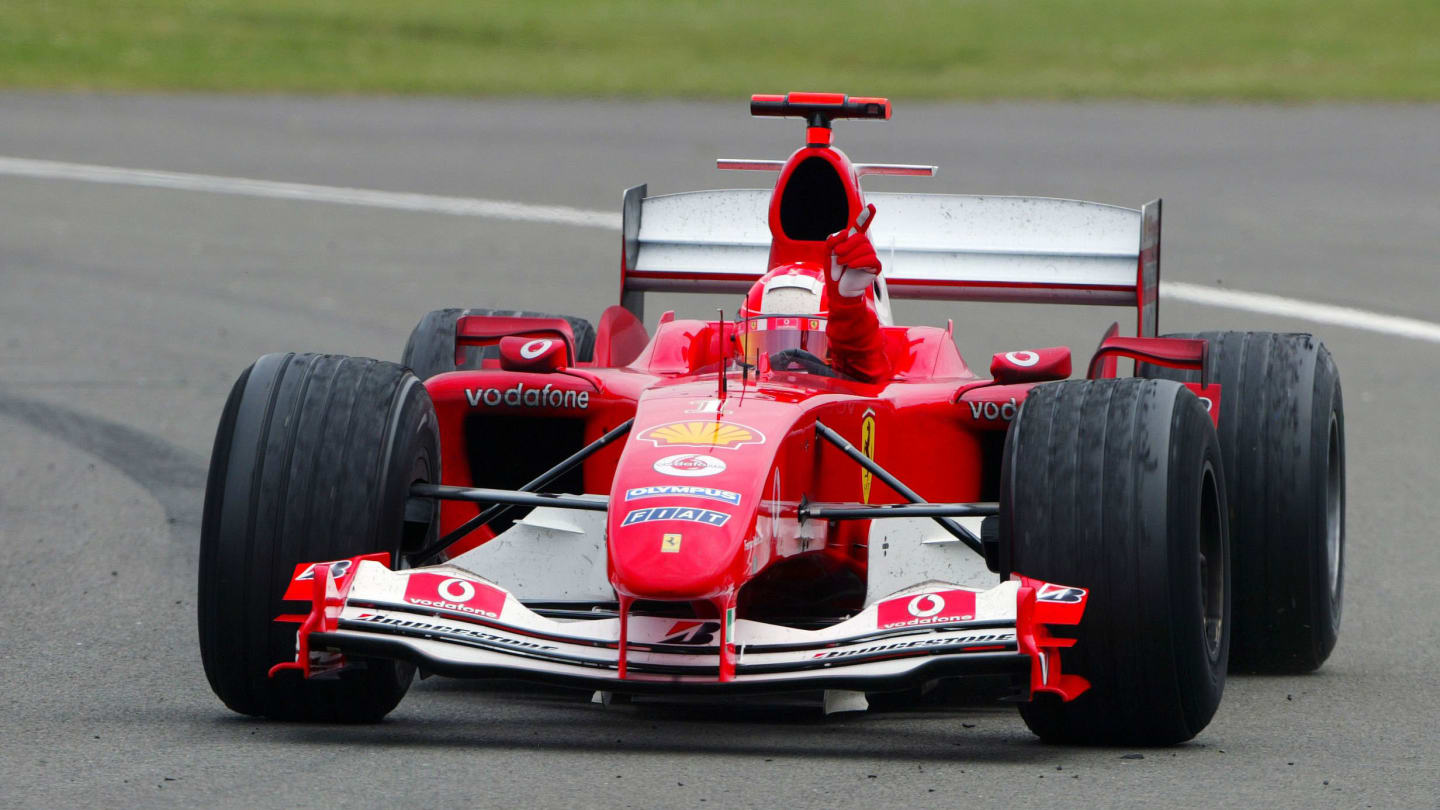
5. It’s in a prime spot for a road trip
European crowds tend to be lively given the ability for many to drive to the race venues for the weekend, and Germany is no different. But Hockenheim is also perfectly placed for those looking to explore a bit of motoring history around the race itself.
The old circuit is overgrown and no longer freely accessible, but you can go back in time even further courtesy of the Bertha Benz Memorial Route. In 1888, the wife of Karl Benz took one of the early versions of the motor car and completed the first long-distance run in history, covering some 100km from Mannheim down to visit her mother in Pforzheim.
WATCH: Michael Schumacher – The Making of a Legend, on F1 TV
The beautiful German town of Heidelberg on the outward route is worth a visit, while Hockenheim sits on the northern route back that Bertha Benz – along with her two sons – tackled a few days later, proving the reliability and functionality of her husband’s work.
For something a little more recent, you can extend that journey from Hockenheim north by a couple of hours to reach Cologne, where you can visit the Michael Schumacher Private Collection. Here you can see 12 original Formula 1 cars, 20 original helmets and more than 40 original trophies belonging to the most successful driver in F1 history.
YOU MIGHT ALSO LIKE
News Hamilton brands his Monaco race 'miserable' after being left 'in no man's land'
News ‘It’s not a tension’ – Vasseur downplays rift rumours between Hamilton and race engineer Adami as he praises Leclerc’s Monaco podium

Feature INSIGHT: What it feels like to complete a high-speed lap around Monaco’s famous streets
News ‘Painful’ – Gasly laments ‘quite sad’ Monaco GP crash as Colapinto reflects on ‘tricky’ weekend for Alpine
